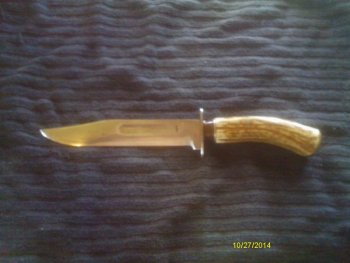rhinoknives
Well-Known Member
Man, you guys are making nervous. I was literally going to glue my scales on tonight with Loctite 5 minute epoxy. I'm using 3 Corby's and my stabilized scales are sanded dead nuts flat, so I figured the epoxy would be more of a super thin layer of sealer than a fastener. If the handle is rock solid mechanically, is this even much of an issue?
With three corbys you should be fine with the moisture sealant of locate. To me it just makes sense to use the best available. I just prefer to use the G-flex or Acraglass like Ed has mentioned because they both will have better long term results.


